
Our immersive technology studioImmersenseis developing projects in the field of virtual reality
It will be correct to start our review with techthe landscape of all VR helmets that are already available on the market or announced for release in 2019. Below are all the prominent manufacturers and their current products. About some models that have not yet been released, we know very little, so this article will be supplemented as they appear on the market.

TRENDS: Where does the VR industry go in 2019
1. Mobile VR dies
Cardboard box with Google Cardboard lenses,where a smartphone is inserted for the most primitive VR experience is of no interest to anyone anymore. The slightly more advanced Daydream and Gear VR systems with simple controllers are also gradually becoming a thing of history, since they require an expensive smartphone and therefore are inferior in price to the Oculus Go standalone helmet for $199.
2. Standalone VR grows
Devices that do not require a smartphone orcomputer for immersion in VR, appeared last year. And in May 2019, the most expected Oculus Quest helmet with 6 degrees of freedom (DoF) at the stated price of $ 399 will be released at the market. This has caused other manufacturers to speed up with the upgrade of their 3 DoF devices. This year we will see Vive Focus Plus, Lenovo Mirage Solo and Pico Neo with full 6 DoF controllers on the market.
3. Desktop VR received 2nd generation
More on the CES 2018 HTC introduced a new helmet VivePro, which set a new bar for image quality in the VR glasses market. To keep up with the leader, Oculus released an updated model of the Rift S, and on the Windows MR platform appeared the Samsung Odyssey + and HP Reverb.
4. Inside-Out tracking is developing.
For classic points tracking technologyspace uses external wired sensors, which complicates the setup. Last year, 6 Windows MR-based models appeared with inside-out tracking technology, when cameras built into the helmet scan the surrounding space. In the 2019th, this technology was picked up by the Oculus Rift S and the HTC Cosmos.
Ok, now that we’ve dealt with the hierarchy of VR helmets and trends in the market, it’s time to move on to the models that it makes sense to pay attention to in 2019.
STANDALONE VR: Helmets with integrated processor, do not require PC connection

Oculus goappeared on the market in May 2018 asthe youngest model in the Oculus line. At just $199 for the 32GB model, the Go is still an attractive entry into VR.
The disadvantages of the device include not the most powerful processor and only 3 degrees of freedom. This means that with this helmet you can only look around you, but not move around the room.
A competitor to Oculus Go is the Chinese Pico G2 4K helmet with a better resolution of 3840x2160 pixels, but it is only available for corporate orders.
Suitable for:home use, watching 360° videos, simple games and experiences.
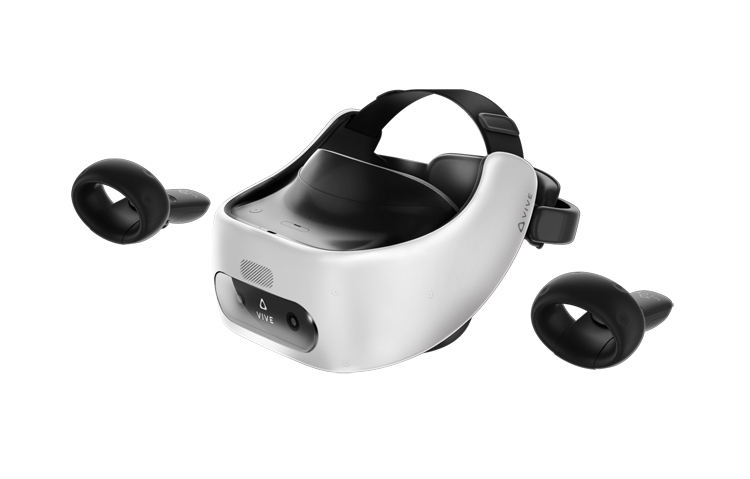
HTC Vive Focus Plusis an upgrade from last year's Vive modelFocus. If previously the helmet was intended exclusively for the corporate segment, now the company is also focusing on entertainment content. Moreover, it is implied that with the development of 5G, users will be able to play “heavy” games over the air. Focus Plus will be sold in 25 countries, and not just in China, as was originally the case with the first model.
The helmet finally received full-fledged 6DoF controllers and new lenses.
However, with a stated price of $800, it will be quite difficult for it to compete with Oculus Quest ($399) in the consumer market and Pico Neo ($750) in the corporate market.
Suitable for: exhibitions and presentations with a demonstration of the average complexity of content and games.
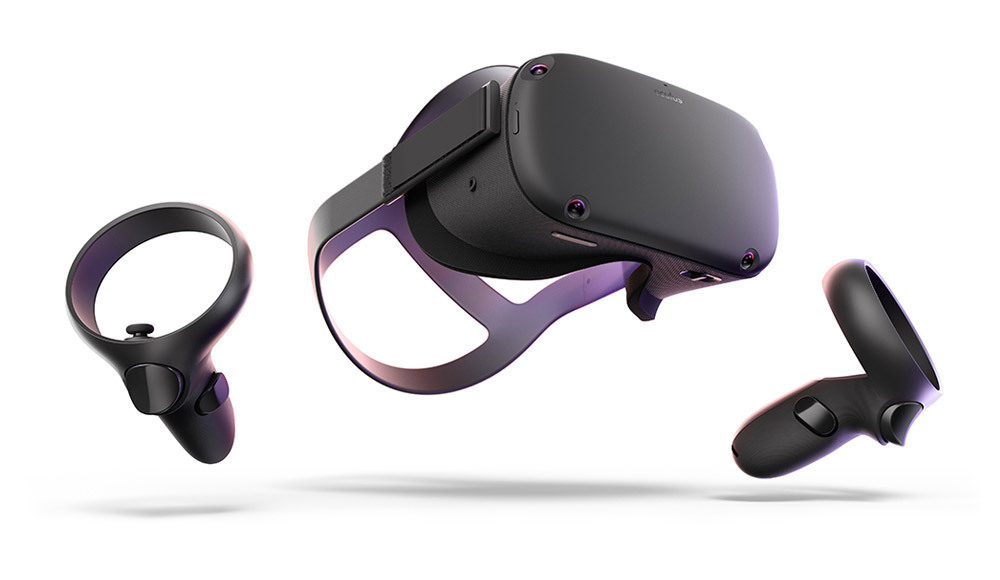
Oculus quest, previously known as Santa Cruz, willofficially unveiled at the annual Facebook conference in early May. It will occupy a logical niche in the Oculus line between Go and Rift S. Connection to a PC is not required, and orientation in space is due to 4 built-in cameras. If you do not take into account the Chinese Shadow VR, then it is Oculus Quest will be the first standalone device on the market with 6 degrees of freedom. This means that it will be free to walk around the room without any wires. Oculus is working on cross-platform synchronization, but it is already known that not all “hard” games under the Rift S will be launched on Quest. Developers will have to “degrade” them for lower processor performance in the latter.
Suitable for:work and home use, a universal wireless solution at an affordable price.
DESKTOP VR: PC Connection Helmets for Demonstrating Complex Content

HTC Vive Cosmoswas first presented at CES 2019, and so far...not much is known about him. Most likely, the helmet will be able to connect not only to a PC, but also to a smartphone, which makes it a kind of Mobile/Desktop VR hybrid. Cosmos will be equipped with four cameras for spatial positioning and tracking of two controllers with 6 DoF. The design allows you to fold the visor up without removing the helmet from your head, which is quite convenient. HTC promises to give the Cosmos "the best screen ever." Well, we will look forward to the announcement of the technical characteristics and price of the new device.
Suitable for:games at home and in VR clubs, thanks to ease of connection and use

HP Reverb- this is the second generation of VR helmets of thismanufacturer. And if the first model was not particularly different from its brothers on the Windows MR platform, then Reverb clearly relied on image quality. The 4K screen resolution is one of the best on the market and is inferior only to highly specialized Pimax devices, which will be discussed below. Traditionally, Windows MR uses an inside-out tracking system; therefore, there is no need to install any external sensors.
The disadvantages include only two cameras for orientation in space, which can lead to loss of tracking of the controllers if, for example, you raise your hands on your head.
Suitable for:demonstrations of complex renderings, for example in architecture or medicine, as well as games, where would we be without them.
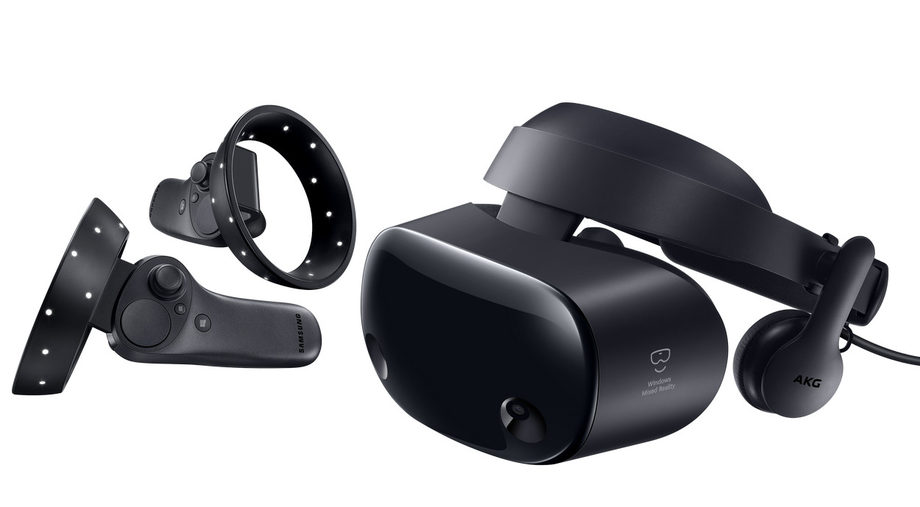
Samsung Odyssey +, like HP Reverb, is an update from last yearmodels (without the prefix “plus”). The physical resolution of the screen has not changed, but Samsung claims that it has improved the image using software.
The advantages and disadvantages are similar to Reverb - tracking from the inside, but possible loss of controllers if they are outside the field of view of the two cameras.
Overall, the helmet is a solid mid-ranger in its segment, and frequent Amazon discounts of $100 or more make it an attractive choice for purchase in 2019.
Suitable for:work and entertainment, a one-stop solution.
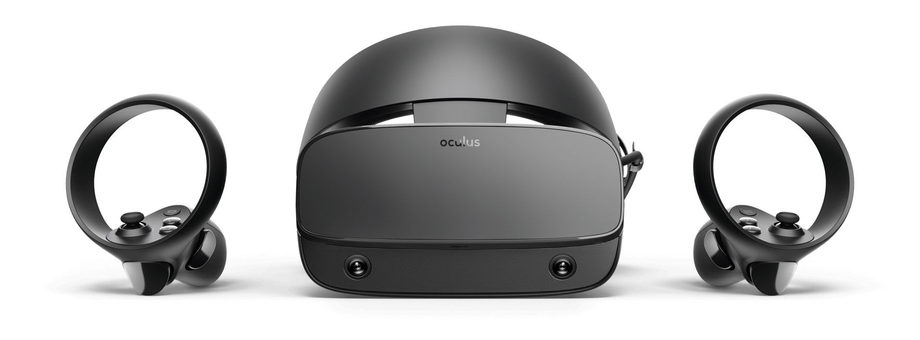
Oculus rift s— an updated version of one of the most popularmodels on the market from a recognized industry leader (Oculus is part of Facebook). There were no revolutionary changes. The main difference from the old Rift is the abandonment of external sensors in favor of an inside-out tracking system, thanks to two built-in cameras.
Improvements include new lenses, increased screen resolution, and a halo-type head mounting system, all of which should make the experience of using the helmet even more comfortable.
The disadvantage is the lack of physical adjustment of the distance between the lenses (there is only software) and a reduced screen refresh rate of 80 Hz (versus 90Hz in the regular Rift).
Suitable for:work and entertainment, a universal solution at an affordable price to maintain a leadership position.
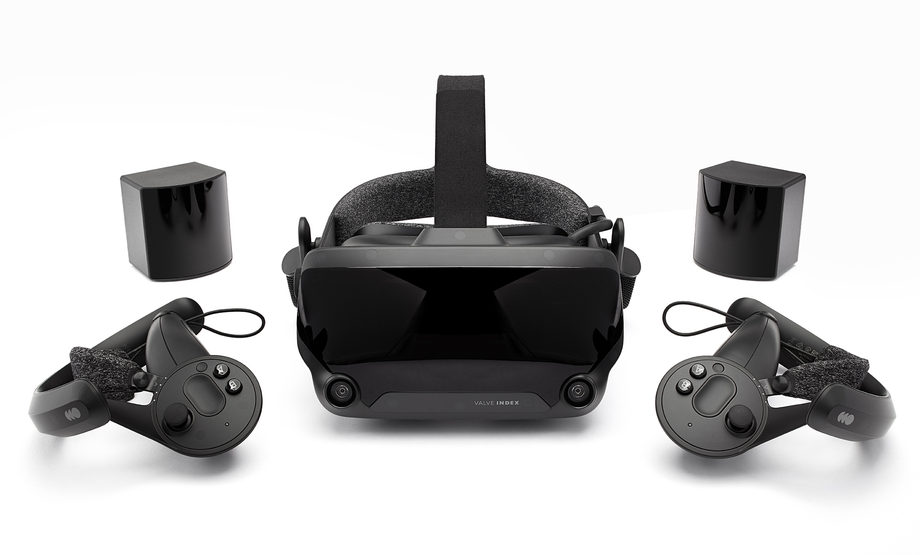
Valve index— own development of the company, which previouslyhelped HTC launch its Vive, and also owns the world's largest Steam store. The market's highest screen refresh rate of 120Hz and software-enhanced images are announced.
Branded controllers can recognize everyonefinger, as well as palm compression, which will allow you to grasp and release objects in VR. The helmet is compatible with external sensors and controllers from Vive. But if you don’t have any, the full set will cost $999.
Suitable for:complex games at home and VR clubs.
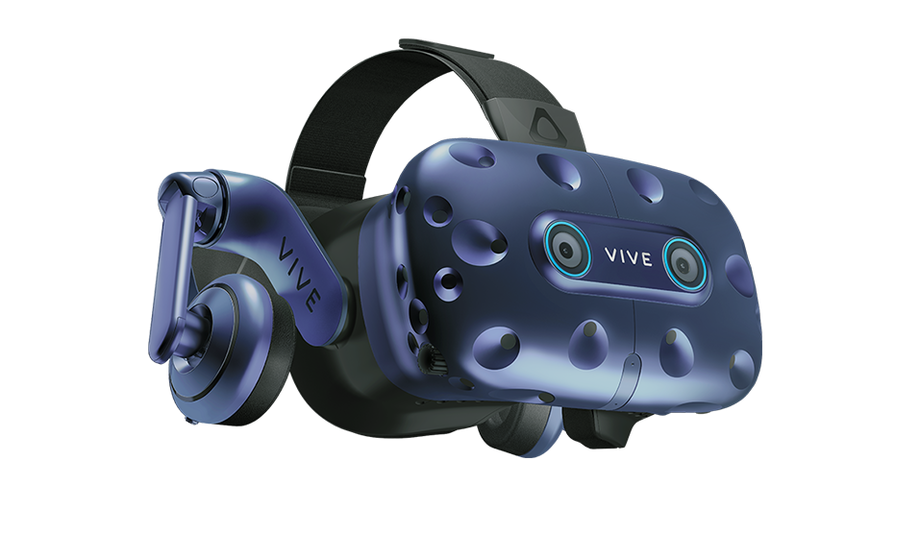
HTC Vive Pro Eyeshowed at CES 2019 along with Cosmos.The helmet differs from last year’s model by built-in eye tracking. First of all, this function is needed by developers, who will thus be able to understand where the user is looking and improve the interface of their products. This technology also allows you to optimize processor load, since you can render only the area where the player’s gaze is directly directed, and not the entire scene.
Otherwise, it's still the same Vive Pro, the complete set of which will cost you $1,500, which is quite a lot considering the pricing of competitors.
Suitable for:developers and enthusiasts. There is no point in upgrading from Vive Pro for gaming clubs and VR attractions with complex content.
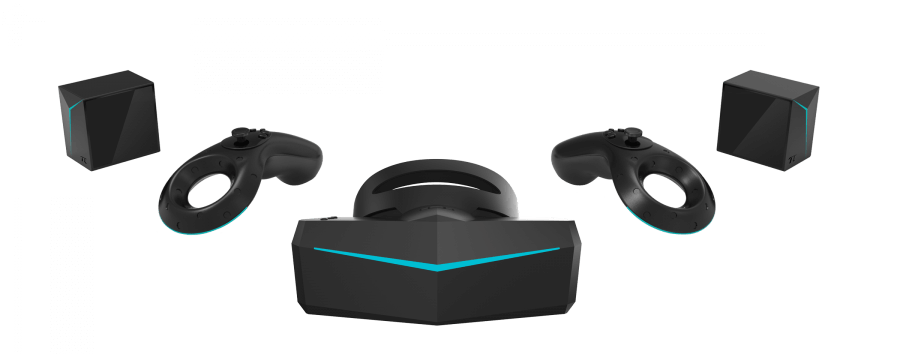
Pimax 5K Plushas the widest viewing angle on the market - 200°,which is almost double the industry standard. This means that you will barely see the black stripes on the sides while wearing the helmet. This width of the picture is really impressive (the author tested the pre-production model personally). However, for this you have to sacrifice ergonomics - the helmet looks quite cumbersome on the head.
Interestingly, the Chinese company Pimax collectedmoney to produce its products on Kickstarter (just like the first helmet from Oculus long before it was taken over by Facebook), and therefore has an army of fans around the world. The helmet is compatible with controllers and external sensors from HTC, which will help save money considering the total price tag of $1,658 for the original kit.
Suitable for:enthusiasts and artists who want to see the virtual world almost as widely as the real one.
VR-ready PC system requirements:
1. Video card NVIDIA GeForce GTX 1070, AMD Radeon Vega 56
2. Intel i5-4590 / AMD FX 8350 processor
3. RAM 8GB RAM or more
4.USB 3.0
5.Windows 10
FINDINGS
- If you're a casual home user who wants to watch 360° videos and play simple games, the $199 Oculus Go is the way to go.
- For more complex experiences and free movement around the room without wires, Oculus Quest for $399 is suitable.
- Among the classic Desktop VR for universal use, you should pay attention to the Samsung Odyssey + ($ 340), Oculus Rift S ($ 399) and HP Reverb ($ 599).
- Avid gamers and VR-clubs can't do without powerful VR-ready computers, which last year’s HTC Vive Pro will do best for $ 799-1499 or the Valve Index for $ 499-999.
- If you are an advanced VR enthusiast or application developer, and without budget constraints, you’ll love the HTC Vive Pro Eye with eye position tracking and the Pimax 5K + with a viewing angle of 200 °.